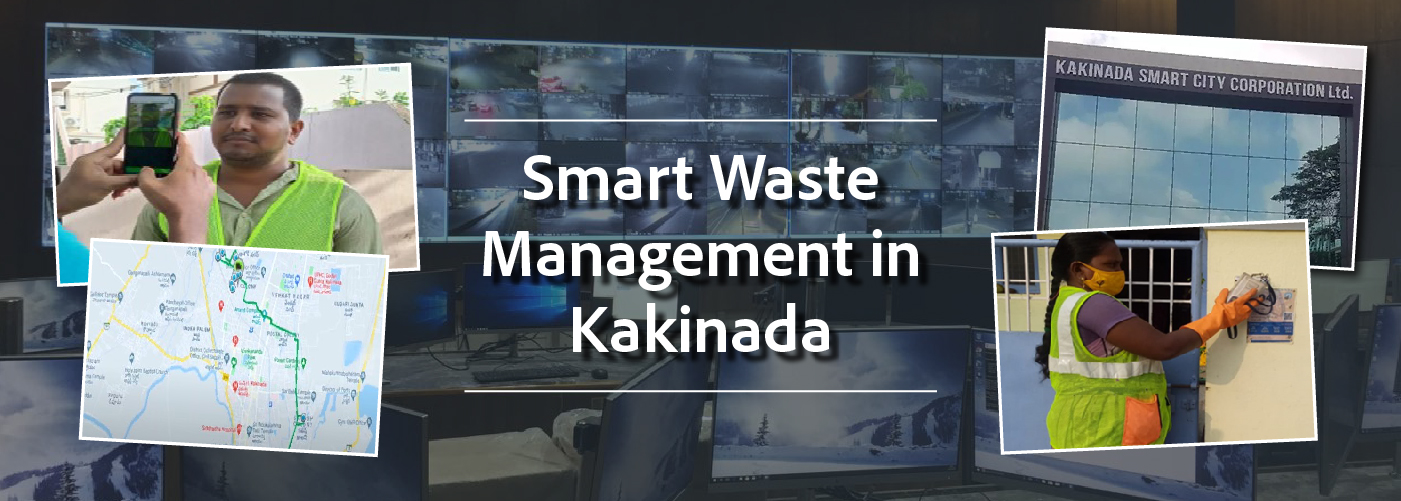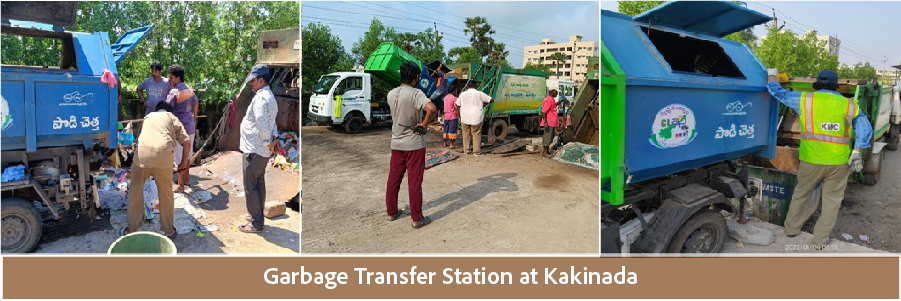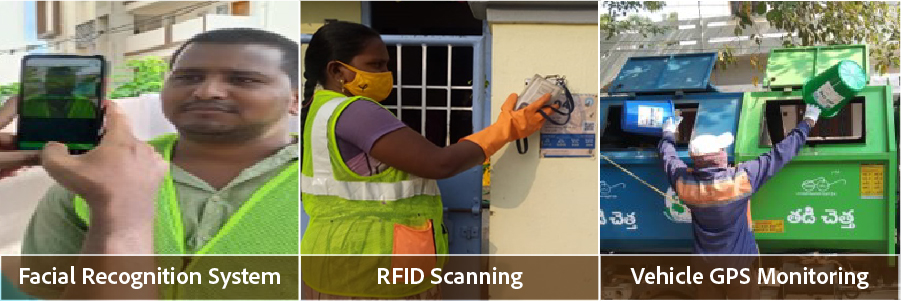
In Andhra Pradesh's East Godavari District, Kakinada stands out for its exemplary waste management practices. With around 112,993 households, the city leverages advanced technology to ensure efficient waste management. By implementing a sophisticated system that includes tools like RFID, facial recognition, GPS, and a human resource management system (HRMS), Kakinada effectively oversees its waste collection staff and transportation network. These technologies play a crucial role in detecting and preventing any inefficiencies or leaks within the waste management process.

In the bustling city of Kakinada, the daily challenge of managing waste is a complex and demanding task. Each day, the city generates a staggering 144 tons of waste, which includes a mix of wet, dry, and hazardous materials. The responsibility of overseeing this colossal task falls on the Kakinada Municipal Corporation. Tasked with managing the waste for 50 wards, the Corporation has further broken down these wards into 382 micro pockets. Each micro pocket, comprising between 250 to 350 households, is meticulously managed by two dedicated sanitation workers. These workers are on the front lines, conducting door-to-door waste collection and ensuring that cleanliness is maintained throughout their assigned areas. The Municipal Corporation has employed over 973 sanitation workers who manage waste from 112,993 households. These households are strategically organized into 40,661 designated waste collection points across the city. The residents of Kakinada play a crucial role in this system by meticulously segregating their waste.

To ensure 100% door-to-door waste collection, Kakinada has established a robust technological framework that utilizes a range of digital tools, including Online Waste Management System (OWMS) which tracks the process in real-time, RFID, facial recognition, GPS, and a human resource management system (HRMS). These tools are crucial for managing waste collection staff and transportation, while also ensuring continuous monitoring to detect and prevent any system leaks or inefficiencies. The RFID (Radio-Frequency Identification) chip-enabled tags installed at every waste generator's gate are scanned by collectors upon waste pickup. This data is captured in the OWMS, allowing officials to monitor progress. Daily reports comparing scanned gates to collection targets guarantee comprehensive coverage. Through continuous monitoring and the sanitation staff's dedicated efforts, this system has achieved successful 100% door-to-door collection.

The Municipal Corporation has allocated 108 Hopper vehicles equipped with GPS tracking devices to monitor the transportation of waste and report deviations during waste collection and transportation to processing plants.
To streamline attendance management and ensure accountability of SafaiMitras, Kakinada Municipal Corporation has implemented a Facial Recognition System (FRS) for all its workers. Workers are now able to clock in and out using their facial features, eliminating the need for manual attendance registers or fingerprint scanners. All these technologies are integrated into a Central Command Centre, where waste management is closely monitored.
After optimizing waste management in the city using advanced technology, Kakinada has seen several positive changes. The city has increased the collection of segregated waste, leading to a rise in total annual revenue from waste processing. Around 60% of residents now segregate waste at source, and public littering has significantly decreased. Through a combination of diligent efforts from sanitation workers and active participation from residents, Kakinada's waste management system strives to handle the city's substantial waste output efficiently and effectively.
Website: https://sbmurban.org/
Facebook : Swachh Bharat Mission - Urban | Twitter: @SwachhBharatGov
Instagram: sbm_urban | Youtube: Swachh Bharat Urban | LinkedIn: swachh-bharat-urban